|
Standing in our lambing jugs, surrounded by the sounds and smells of sheep carried me back to my childhood. My parents got their first bottle lamb when I was a baby or maybe before I was born. When I was 9 or 10, they brought a lamb into the house that was struggling. I'll never forget watching her get her bearings and learning to stand on the little braided rug. She was perfect in my eyes, and soon she was more than perfect - she was mine. A few years after I married Virgil, he humored me and bought two bottle lambs. I named them Hunca Munca and Puddles and we raised them for the summer before giving them to some friends who had room for them. I kept dreaming of sheep. Two Mother's Days ago, a little truck drove down our driveway and I was the owner of two adorable Babydoll Southdown ewe lambs. I named them Kitra and Demelza and I was in love with them. Finally, two years later, they were due with their own babies and I spent my days in watching them. The first lambs to be born on our farm were arriving soon and I couldn't stay away. Kitra started to breathe with a grunt when she was laying down about 3 weeks away from her due date and I panicked. It reminded me of pneumonia in a cow and I was afraid something might be wrong with her. But after checking in with a sheep group, everyone assured me it was normal, so I simply checked her more often. We came home from church one night and she was zoned out and breathing heavy. I hoped it was the beginning stages of labor and set my alarm for every two hours throughout the night. Of course, I couldn't sleep and kept running out to check her. If she was in labor, she would be early, but not too early. I just needed to be there to make sure everything went smoothly and the lambs didn't need care. I almost decided to sleep in the barn, but one of the kids was sick and so I contented myself with hovering between child and sheep. I finally fell asleep around 1:30 am and dreamt about performing a c-section on a sheep because it died while in labor. I woke up and attempted to shake off the horror. I wondered if I'd have the nerve to do that. Virgil took the 4:30am check for me and soon was shaking me awake. "The white sheep is dead." My heart sank, but somehow I wasn't surprised. I knew I should've followed my gut feeling. We hurried out to her and briefly considered a c-section, but some quick research revealed that you have 3 minutes from the death of the ewe to the death of the lambs. We gave it up and went back to bed to lay awake and wonder how we could mess up so badly the first time. I drug myself to town the next morning to buy everything we needed to perform a c-section and treat ketosis. If this ever happens again, we will be prepared. Ketosis, also called twin lamb disease, is caused by the lambs taking more from the ewe than her body can keep up with. While there are home remedies, I would take a sheep to the vet at the first sign from now on. A sheep will be lethargic, possibly struggle to breathe, and lose it's appetite when it has ketosis. If you have sheep, take the time to read up on it. It's rare and many new shepherds don't know about it. It can progress quickly and sometimes the only recommended fix is to put the ewe down with a .22 and save the babies, if a vet isn't available. I shudder at the thought, yet I know it's better than losing everything. Farming is rainbows and butterflies in the middle of a tornado sometimes - you really have to look for the bright spots. Demelza was lonely. Kitra was her twin and they had never been separated, although there was a brief period where Kitra thought she was an alpaca and abandoned Demelza. She got over it and they were never far apart. We brought one of our young ewes into the barn to keep Demelza company and I obsessed over every sign that labor may be imminent. Every day it seemed she was more tired, her bag was fuller, her vulva more relaxed and her appetite was constantly changing. All of these are signs labor is imminent, but they're also just the natural, slow progression that lasts for many weeks for some ewes. A sheep may be restless, paw the ground, leak mucus, grow her udder, sleep in weird positions, slow down in eating, and breathe faster/ harder for weeks before going into labor. Finally, one day, I knew it was the day. I could just tell. All my obssessive watching was paying off and I knew she had reached crossed the line between discomfort and impending labor. All morning she was restless. She laid down, stood up and walked a few feet and laid down another way. She ran to sniff the fresh hay I put out, ate a few bites and then stared off into space. I kept thinking I'd see a water bag any minute. But nothing all morning. Around 1, I could see her contracting. A sheep contraction looks kind of like a sharp, deep breath, and she'd jerk a little. Nothing was super regular and I tried to leave her alone as much as possible. Evening came and nothing was progressing. I could tell she was getting super tired, sleeping between contractions, laying in one position for much longer than she had. I barely resisted the urge to reach in and just pull her lamb(s) out. I ate supper with one eye on my camera app. When supper was over, I checked on her again. I could tell she was close, so I settled in to keep a close watch on her. Sure enough, she began pushing and out came a water bag! The relief gave me the energy spurt I needed. She continued pushing and I wondered if she'd be able to keep it up. She was more exhausted than I liked to see. Finally she gave a mighty push and I saw a little nose. I got closer, hoping to see it resting on tiny hooves, but no, just a nose. Dread dropped into my stomach like a rock. As tired as she was, I was pretty sure she wouldn't be able to get a lamb out that wasn't presenting right. I called Virgil down and we gave her some more time, hoping we wouldn't have to intervene. But she was getting nowhere, so I put on some gloves and gingerly felt around the lambs head with two fingers. I was afraid I wouldn't have what it took to reach in and bring the legs around. But I didn't have a choice. I grabbed a shoulder length glove and dove in. I had read how to rearrange a lamb many times in preparation for this moment, but I couldn't remember any of it. All that came to my mind were James Herriot's straight forward descriptions of ewes he helped many years before. Just like he described, I ran my hand along the lamb's head, then neck, until I reached a shoulder and on down to a hoof. I tried to bring it forward, but the lamb's head was too close to being delivered. I started again, this time grabbing its head and pushing against Demelza back down the birth canal. Finally, it was back in far enough that I couldget a good feel. The lamb was laying sideways with its front legs twisted together. I was able to untwist them and bring one leg forward. Such relief. Back in again, I went down the other side. Getting the second leg out was much easier. Now, with its head resting on its front legs, we hoped she'd be able to get it out. I hated to even imagine how awful all this must've felt for my poor sheep. She strained a few times and the lamb didn't budge. His water sack burst and we could see him trying to breathe. Terrified he might suffocate or drown in fluid, we ran for twine. I tried again and again to get it around his front hooves, but couldn't, so Virgil stepped in and got it done. I waited for her to push again and gently pulled. It wasn't long before the lamb was out, but he was limp. The kids gave me a towel and I began to rub him as vigorously as I could. He started to breathe and fluid bubbled from his nostrils. The kids ran for a bulb syringe and I suctioned them out several times. He began to perk up. All this time, Demelza lay flat out her side, not moving. Fear began to well up again. What if I lost her after all of this? I grabbed the lamb and laid him up by her nose. She was immediately interested. Without lifting her head, she nuzzled him and he responded. I turned my attention to her, grabbing some nutri-drench, a molasses based supplement, to give her energy. We worked with her for about 30 minutes before she roused and lifted her head. It didn't take that long for her lamb to be on his feet, looking for food. I gave him a little nutri-drench for good measure, while we waited for her to get up so he could nurse. We weighed him and were shocked to find he was 9.5 lbs - no wonder she was exhausted! After that I was pretty sure he didn't have another sibling waiting to arrive. I was disappointed to not have twins, but relieved Demelza wouldn't have to try to get another lamb out.
We stayed up until she was on her feet and eating and he had latched well several times. The next day I gave her a shot of penicillin to keep any infection away after having so much bacteria introduced into her uterus. Demelza slowly gained her strength over the next 24 hours and is now eating well and doting on her little lamb. We couldn't be more thankful. While both of these experiences are far from what I hoped for, we have learned more than I thought we could in one year from two ewes. Still, I hope our next three ewes have uneventful lambings, with twins for all.
0 Comments
It never crossed my mind to I could make animal crackers until I ran across a recipe on Pinterest. The recipe comes from this cookbook, but I tweaked it to be sweetened with honey rather than sugar. Animal Crackers 1 1/2 cups flour
3/4 cup freeze dried corn 1/4 cup malted milk powder 1/4 tsp baking soda 1/4 tsp sea salt 1/2 cup cold butter, cubed 2 egg yolks 1 tsp vanilla 1/2 cup honey Put flour and corn in the blender and blend until the corn is powdered. Add the malted milk powder, soda, salt, and butter. Pulse until the butter is broken into tiny pieces and coated in flour. Transfer the entire mix into the bowl of a stand mixer fitted with a cookie paddle. Add the honey, egg yolks, and vanilla. Mix at medium speed until you have a smooth dough. Flour your counter well. Divide the dough in half and pat one section into a little round. Sprinkle it with flour on both sides and gently roll it out. You want it really thin, around 1/8 inch. Run a spatula under the dough before you cut out the crackers. Dust the top of your cracker dough with flour and spread it around with your hands and dip your cookie cutter in the flour before you begin cutting. I use these cookie cutters. Cut out your desired shapes and place them on a cookie sheet. You can place them quite close to each other. Bake at 350 f for 8-10 minutes. When the edges start browning, they're ready! Cool completely before storing. They can be stored in a sealed container for up to one month. |
AuthorHey, I'm Stef! I'm the person behind the photos and the words, but the farm work you see is a family effort. Archives
March 2024
Categories |
Proudly powered by Weebly
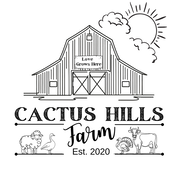
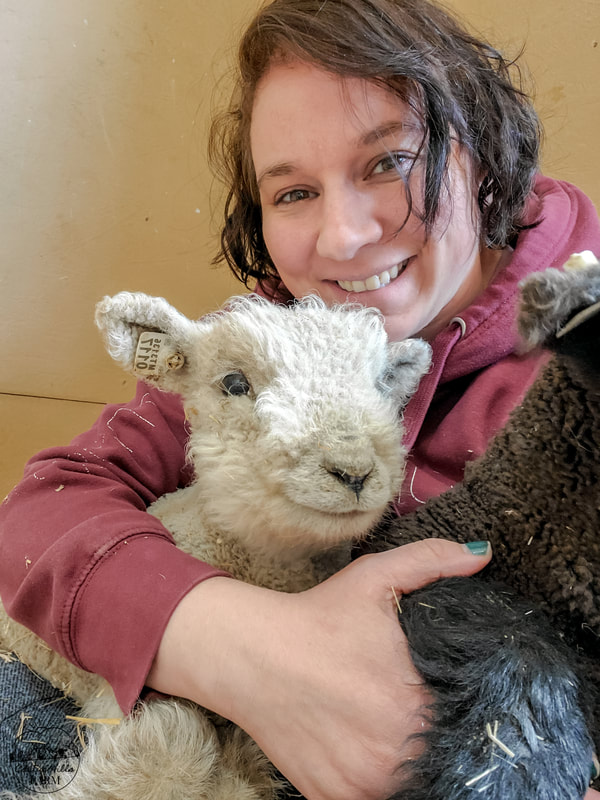
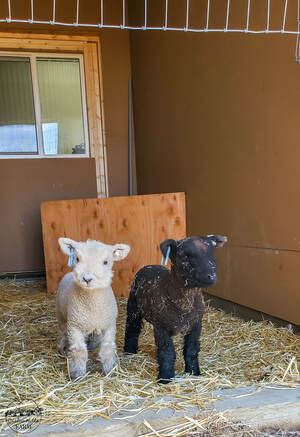
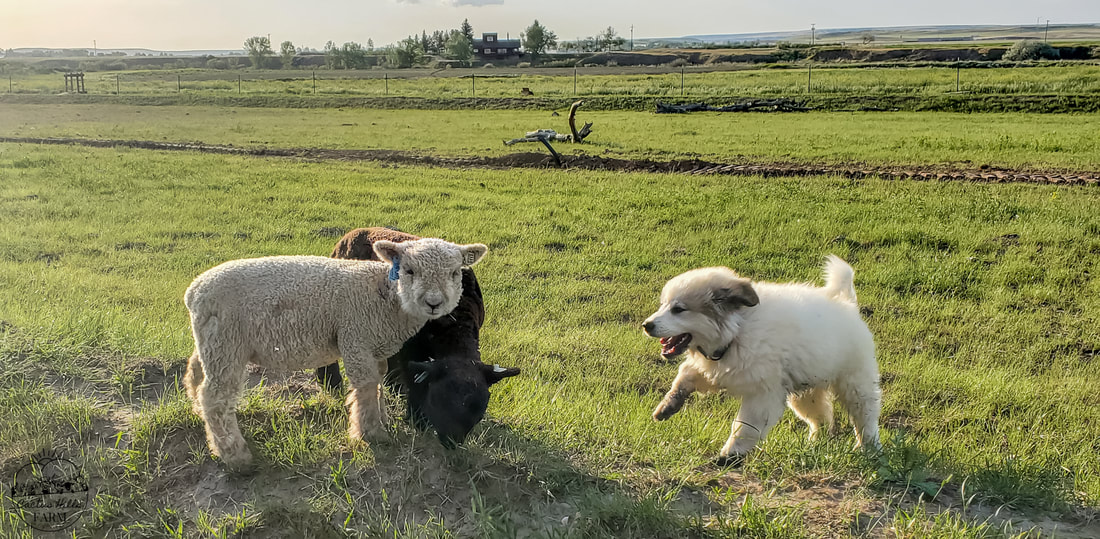
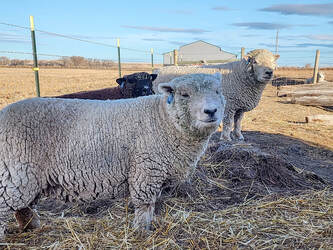
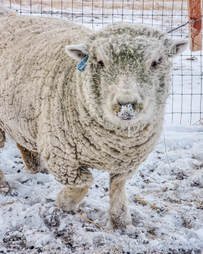
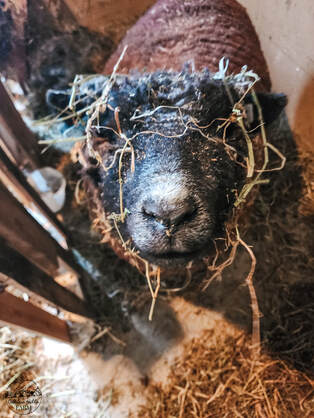
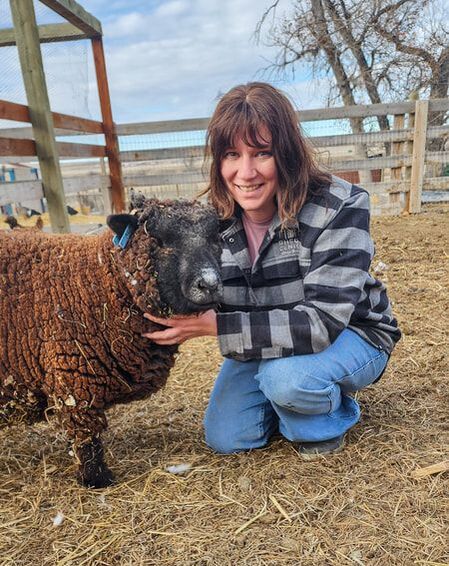
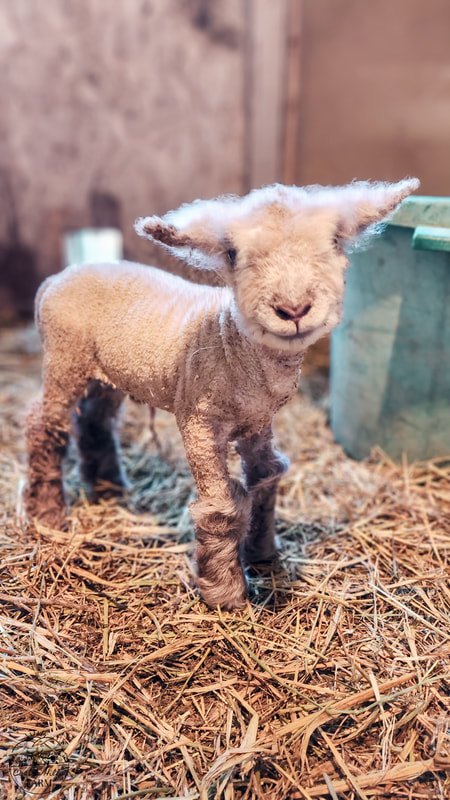
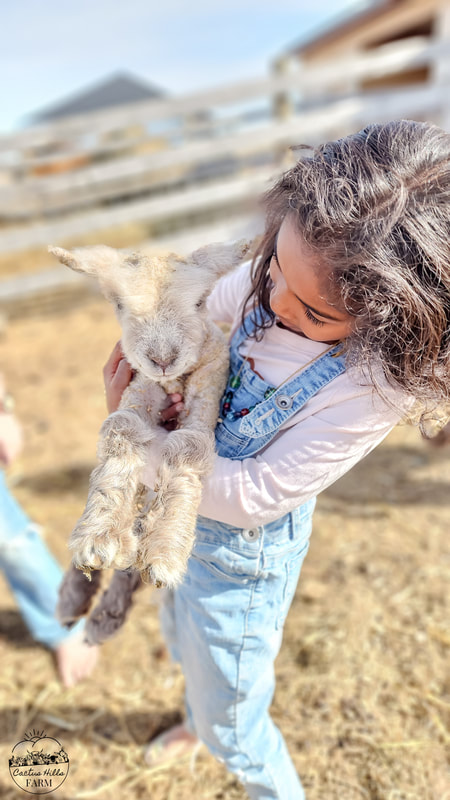
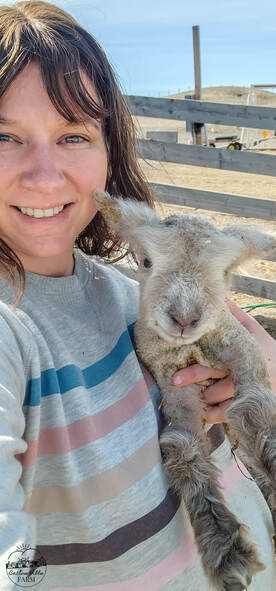
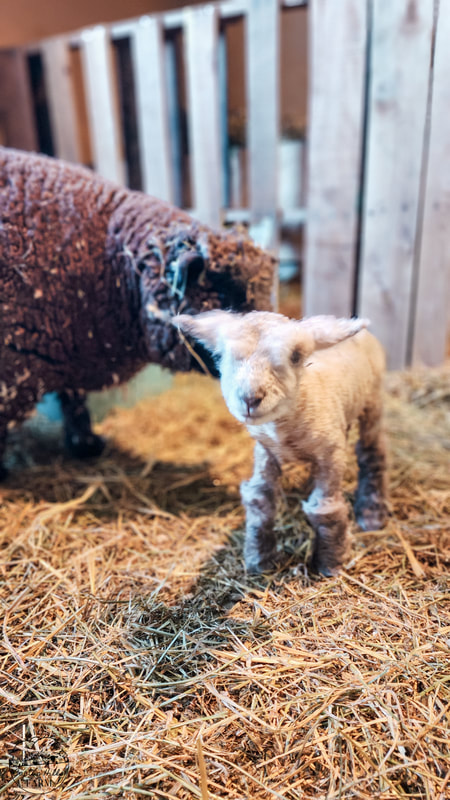
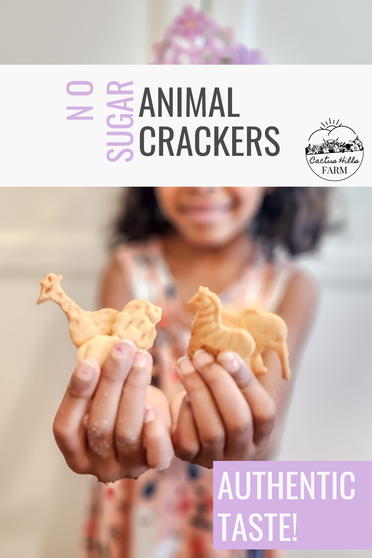
 RSS Feed
RSS Feed